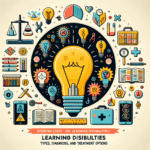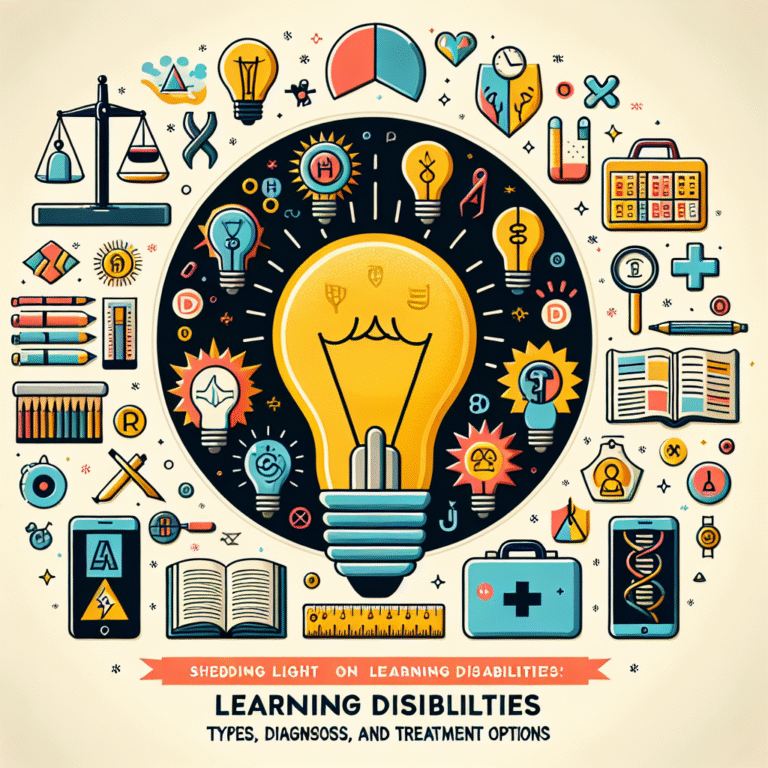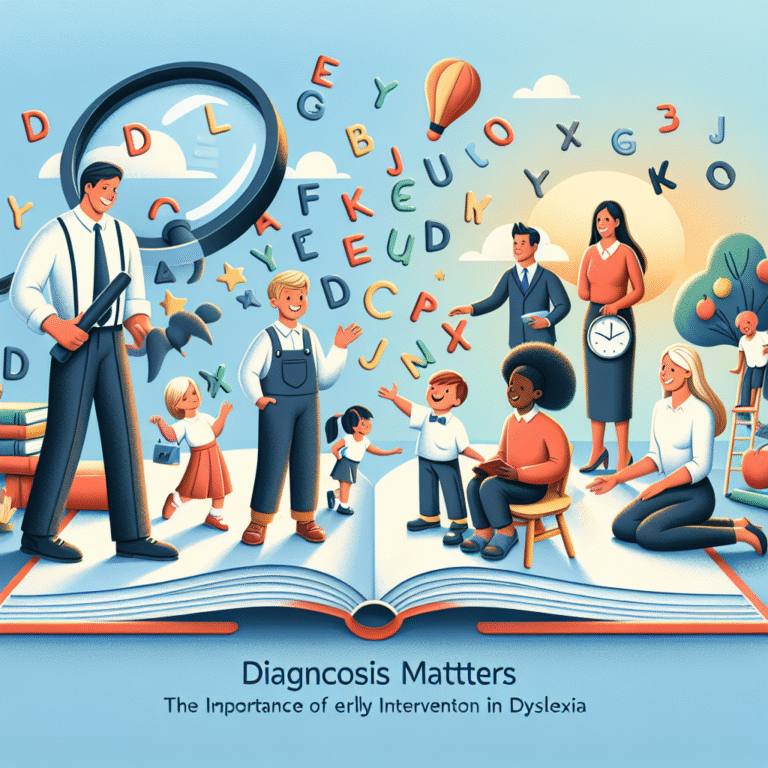The Silent Challenge: Recognizing and Supporting Students with Learning Disabilities in Spelling
Introduction
In the world of education, spelling is often viewed as a fundamental skill, yet for some students, it remains an elusive challenge. Learning disabilities in spelling can create a silent struggle, hindering not only academic performance but also self-esteem and confidence. Recognizing and supporting these students is vital, not just for their academic growth but for their overall well-being. The silent challenge of recognizing and supporting students with learning disabilities in spelling is one that educators, parents, and policymakers must confront if we are to foster inclusive environments where every learner can thrive.
The Silent Challenge
Understanding Learning Disabilities in Spelling
Learning disabilities (LD) encompass a range of cognitive and processing disorders that affect a student’s ability to learn in traditional ways. When it comes to spelling, several types of learning disabilities can come into play, including dyslexia, dysgraphia, and specific learning disabilities related to language processing.
Dyslexia
Dyslexia is perhaps the most recognized form of learning disability, affecting a person’s ability to read and spell. Phonemic awareness, the ability to identify and manipulate sounds in words, is often a challenge for students with dyslexia. This makes it difficult for them to decode words and, by extension, to spell them accurately.
Dysgraphia
On the other hand, dysgraphia impacts the physical act of writing. Students may struggle with the mechanics of writing letters and words, leading to poorly spelled words even when they may know how to spell them.
Recognizing the Signs
Recognizing the signs of learning disabilities in spelling is essential for early intervention. Common indicators may include:
- Frequent misspellings of common words
- Avoidance of writing tasks
- Difficulty recalling spelling rules
- Inconsistent spelling abilities (e.g., spelling the same word correctly in one instance but incorrectly in another)
Case Study: Jessica’s Journey
Jessica, a bright and enthusiastic student, struggled with spelling from an early age. Despite her love for reading, her written work was marred by consistent spelling errors. Her teachers initially thought she simply wasn’t trying hard enough, but after a comprehensive evaluation, Jessica was diagnosed with dyslexia. With the right support and intervention strategies, such as phonics-based instruction and the use of assistive technology, Jessica’s spelling improved significantly, allowing her to express her ideas more freely and confidently.
Supporting Students with Learning Disabilities in Spelling
Creating an Inclusive Classroom Environment
Differentiated Instruction
One critical approach is differentiated instruction, where teachers tailor their strategies to meet the diverse needs of their students. This means providing various options for how students can engage with spelling tasks. For example, some may benefit from auditory learning, while others might excel in visual or kinesthetic methods.
| Instructional Strategy | Description | Impact on Learning |
|---|---|---|
| Phonemic Awareness Activities | Games that focus on sound manipulation | Improves decoding and spelling competence |
| Multi-sensory Approaches | Combining visual, auditory, and tactile methods | Enhances retention and understanding |
| Vocabulary Building | Contextual word learning through themes | Supports spelling within real-world context |
Implementing Evidence-Based Strategies
Evidence-based strategies are critical for effectively supporting students with LD in spelling. Research suggests that systematic phonics instruction and the use of spelling patterns can significantly enhance spelling abilities.
Strategies to Consider
- Word Study: Focusing on patterns and rules to enhance understanding rather than rote memorization.
- Spelling with Context: Encouraging students to spell words within sentences rather than isolated lists can aid retention.
- Assistive Technology: Tools like speech-to-text applications can help students bypass mechanical writing issues.
Utilizing Personalized Learning Plans
Every student is unique, and personalized learning plans can cater to their specific needs. Schools should collaborate with special educators, parents, and occupational therapists to create tailored plans that address individual challenges in spelling.
Case Study: Mark’s Success Story
Mark was diagnosed with dysgraphia and struggled with the physical act of writing, often resulting in poor spelling. His personalized learning plan included practicing writing with adaptive tools, such as pencil grips and digital writing aids. Over time, Mark not only improved his spelling but also gained confidence in his writing abilities.
Fostering a Positive Attitude Towards Spelling
Building Self-Esteem
The silent challenge goes beyond academics; it deeply impacts self-esteem and motivation. To support students, it’s crucial to create a positive environment that encourages risk-taking in learning.
- Celebrate Small Wins: Recognizing progress, no matter how small, can boost motivation.
- Encourage Peer Support: Collaborative spelling exercises can foster a sense of community and reduce feelings of isolation.
Engaging Families in the Process
Family involvement is essential in recognizing and supporting students with learning disabilities in spelling. Educators can host workshops to educate parents about the signs of learning disabilities and effective strategies to reinforce spelling at home.
Tips for Parents
- Create a spelling-rich environment at home with signs, lists, and games.
- Use daily activities to practice spelling in real-world contexts, such as grocery lists or recipe instructions.
Conclusion
The silent challenge of recognizing and supporting students with learning disabilities in spelling demands attention from educators, parents, and the community as a whole. By understanding the types of learning disabilities, recognizing the signs, and implementing effective support strategies, we can create an inclusive environment where every student has the opportunity to succeed. The journey may be fraught with challenges, but with the right tools and a supportive network, students can overcome their hurdles and unlock their potential.
FAQs
What are the most common learning disabilities that affect spelling?
- The most common are dyslexia and dysgraphia. Dyslexia primarily affects reading and phonemic awareness, while dysgraphia affects writing mechanics.
How can teachers recognize students with learning disabilities in spelling?
- Look for consistent misspellings, avoidance of writing tasks, and difficulty with spelling rules.
What role does assistive technology play in supporting students?
- Assistive technology can help students bypass physical writing challenges and improve their spelling through different modalities.
How can parents help their children with learning disabilities in spelling at home?
- Create a spelling-rich environment, utilize real-life activities to practice spelling, and celebrate their progress.
- What are some effective teaching strategies for supporting students with spelling disabilities?
- Consider differentiated instruction, word study techniques, and a multi-sensory approach to spelling.









